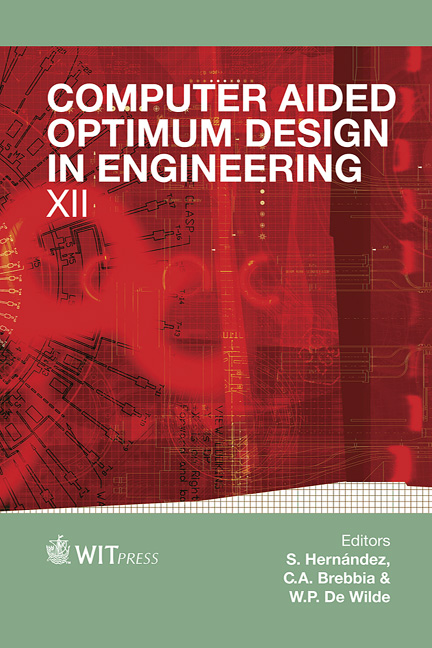Performance Based Design Of Masonry Infilled Reinforced Concrete Frames For Near-field Earthquakes
Price
Free (open access)
Transaction
Volume
125
Pages
13
Page Range
203 - 215
Published
2012
Size
518 kb
Paper DOI
10.2495/OP120181
Copyright
WIT Press
Author(s)
A. Madan, D. Das & A. Hashmi
Abstract
Performance Based Design (PBD) is an iterative exercise in which a preliminary trial design of the building structure is selected and if the selected trial design of the building structure does not conform to the desired performance objective, the trial design is revised. In this context, development of a fundamental approach for performance based seismic design of masonry infilled frames with minimum number of trials is an important objective. The paper presents a plastic design procedure based on the energy balance concept for PBD design of multi-story multi-bay masonry infilled reinforced concrete (R/C) frames subjected to nearfield earthquakes. The proposed energy based plastic design procedure was implemented for trial performance based seismic design of representative masonry infilled reinforced concrete frames with various practically relevant distributions of masonry infill panels over the frame elevation. Non-linear dynamic analyses of the trial PBD of masonry infilled R/C frames was performed under the action of near-field earthquake ground motions. The results of non-linear dynamic analyses demonstrate that the proposed energy method is effective for performance based design of masonry infilled R/C frames under near-field as well as far-field earthquakes. Keywords: masonry infilled frame, energy methods, near-fault ground motions, pushover analysis, nonlinear dynamic analysis, seismic demand.
Keywords
masonry infilled frame, energy methods, near-fault ground motions, pushover analysis, nonlinear dynamic analysis, seismic demand.





